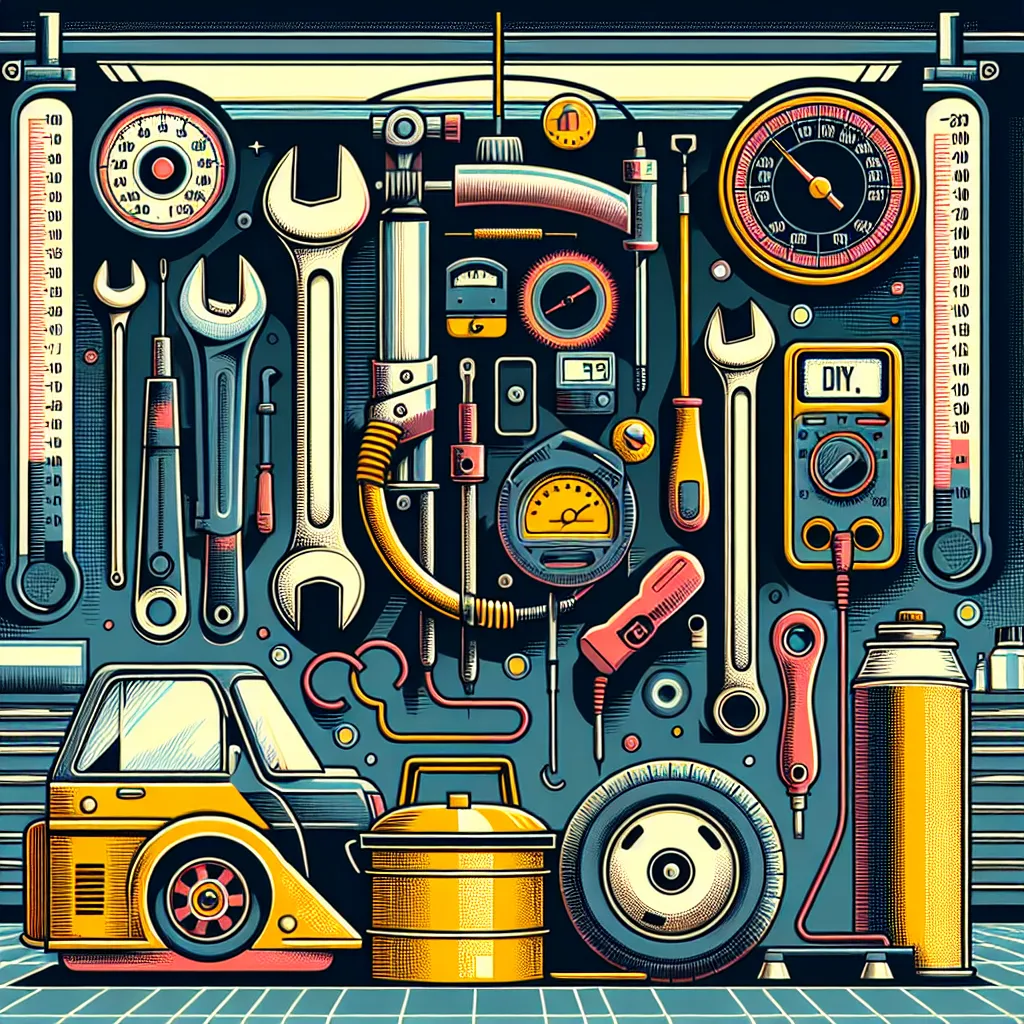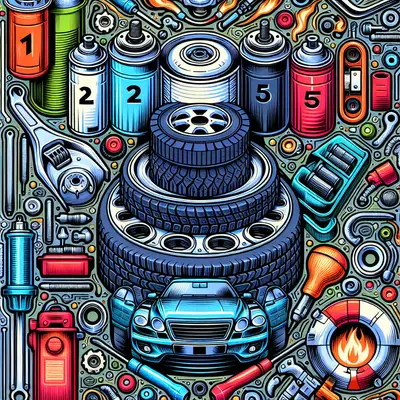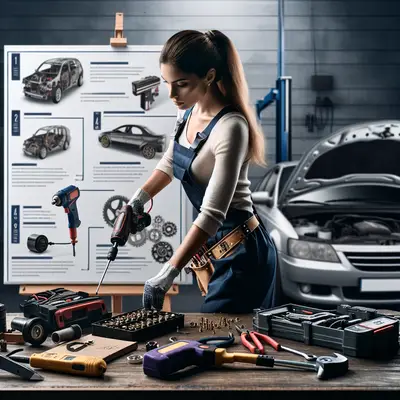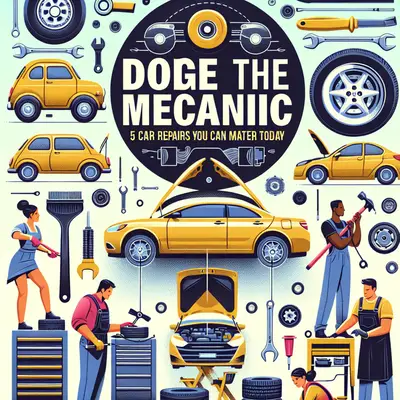From simple fixes to more involved tasks, we've compiled a list of five practical, affordable car repairs that you can master at home. Remember, the key to successful DIY auto repair lies in patience, thorough research, and the right tools.
The Battery Swap
A car battery typically lasts between 3-5 years. If you notice your vehicle struggling to start, it might be time for a change. Start by removing the negative cable followed by the positive. Once both cables are removed, you can lift out the battery and replace it with a new one. Reconnect the cables, positive first, then negative. This simple task can save you a trip to the mechanic and some cash.
Brake Pad Replacement
Changing your brake pads can feel daunting, but it's a manageable task with the right tools. You'll need a jack, lug wrench, c-clamp, and new brake pads. Start by loosening the lug nuts on your wheels, then raise your car with the jack. Remove the wheels, and you'll see your brake setup. Using the c-clamp, compress the brake piston, then remove the old brake pads and replace them with the new ones.
Replacing Windshield Wipers
Your windshield wipers are crucial for visibility during inclement weather. If they're leaving streaks, it's time for a replacement. Most wipers can be removed by pushing a small tab underneath, then sliding the wiper off the arm. Simply slide on the new wipers, and you're set! It's a quick and easy task that can dramatically improve your driving safety.
Changing the Air Filter
A clean air filter is essential for your car's performance and fuel efficiency. Start by locating your air filter under the hood (usually in a black rectangular box). Open the casing, take out the old filter, and replace it with the new one. Make sure to close the box securely. This simple fix can keep your car running smoothly and save you on fuel costs.
Headlight Bulb Replacement
If one of your headlights has burned out, don't fret. Locate the back of the headlight from under the hood, unscrew or unclip the bulb holder, and remove the old bulb. Be sure to use a cloth or gloves when installing the new bulb to avoid transferring oil from your hands. Once the new bulb is in place, reattach the holder and test your lights.
Conclusion
Mastering DIY car repair doesn't have to be a complicated affair. With a little patience and the right tools, you can handle some of the most common car issues without a trip to the mechanic. Remember, always refer to your car's manual for specific instructions, and when in doubt, consult a professional. Happy repairing!



